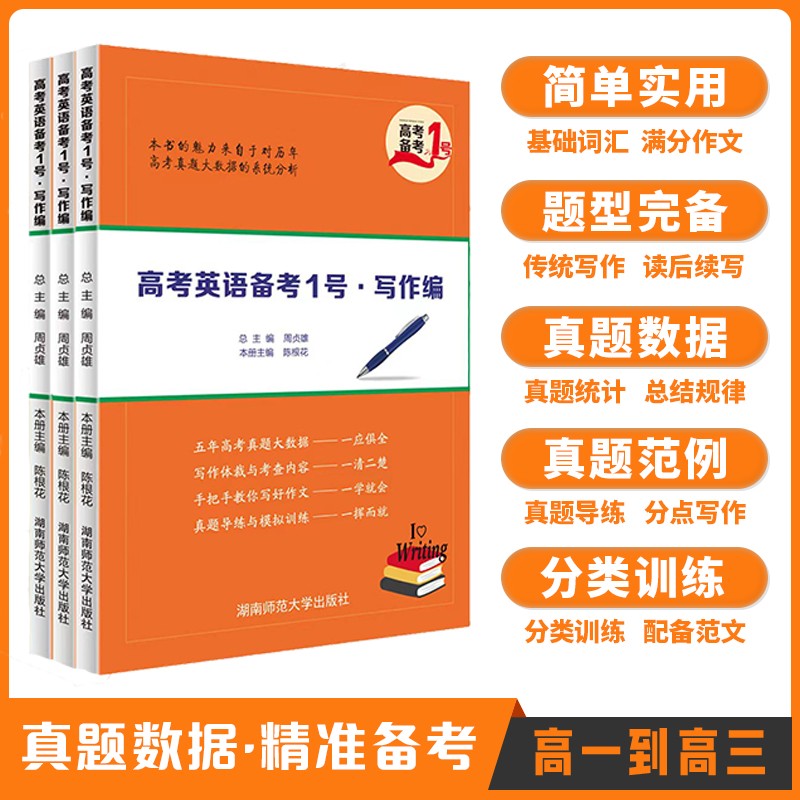5 “插入性状语”的定义与
1. 首先请教曹老师,学生关于“插入性状语”的下列理解是否正确?
(1)从位置来看:
“插入性状语”必然要处在句子的“中位[M]”,而且,它所处的“中位[M]”,并不局限于“主语和谓语动词之间”,还有可能出现在“谓语动词和宾语之间”、“谓语动词和状语之间”。
(2)从与之相关的标点符号来看:
并非只有逗号才能把“插入性状语”与其他句子成分隔开,破折号和圆括号也可以。
(3)从充当者来看:
充当“插入性状语”的只能是介词词组或从属分句。
2. 其次,请教曹老师,“插入性状语”的英文名称究竟应该是 inserted adverbial 还是parenthetical adverbial?
3. 最后,按照曹老师您个人的经验和阅历,请问在您心中,是如何给“插入性状语”这个概念下定义的?
最佳答案 2025-02-22 13:59
我给你一段deepseek的回答作为解答:
Parenthetical adverbials are adverbs or adverbial phrases that provide additional information or commentary within a sentence. They are often set off by commas, dashes, or parentheses, and can be removed without affecting the grammatical structure of the sentence. Here are some examples:
1 However, the project was completed on time.
Here, "however" is a parenthetical adverbial that adds contrast to the sentence.
2 The meeting, unfortunately, was canceled.
"Unfortunately" provides a comment on the situation.
3 She decided to go to the party—surprisingly—despite her busy schedule.
"Surprisingly" adds a note of unexpectedness.
4 The results, in my opinion, were quite impressive.
"In my opinion" offers a personal perspective.
5 He was, without a doubt, the best candidate for the job.
"Without a doubt" emphasizes certainty.
6 The weather, as expected, turned out to be perfect for the picnic.
"As expected" provides a contextual comment.
In each case, the parenthetical adverbial can be removed, and the sentence would still be grammatically complete, though the additional nuance or commentary would be lost.
如果觉得我的回答对您有用,请随意打赏。你的支持将鼓励我继续创作!

- 1 关注
- 0 收藏,450 浏览
- 意识形态的崇高主体 提出于 2025-02-19 21:56
相似问题
-
 《高考英语备考1号·速效编》
《高考英语备考1号·速效编》
-
 《高考英语备考1号·写作编》
《高考英语备考1号·写作编》
-
 《高中英语晨读晚记》
《高中英语晨读晚记》
-
 《高中英语错题笔记》
《高中英语错题笔记》
-
 《零起点考大学英语》
《零起点考大学英语》
-
